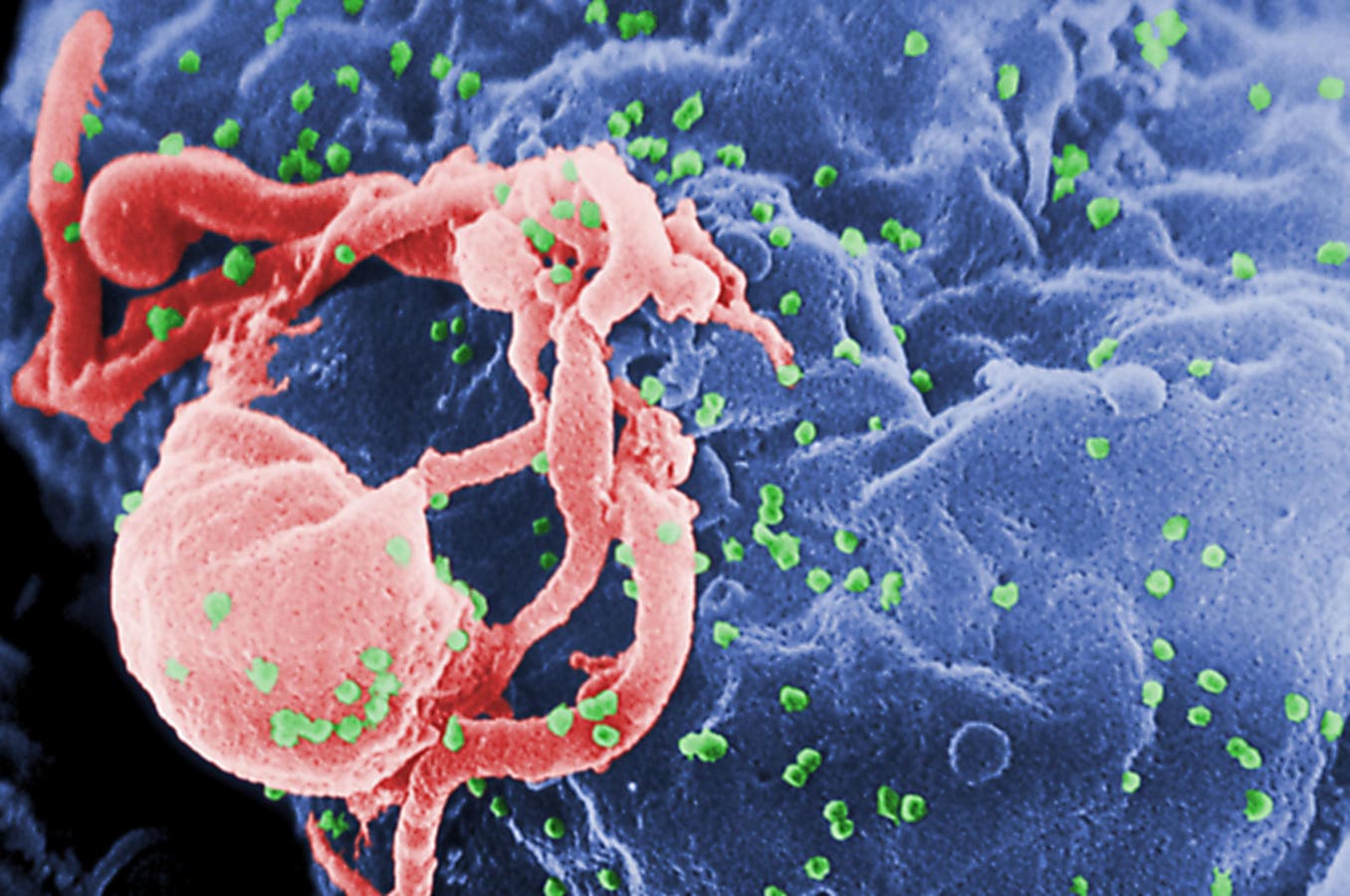Infection
‘Tis The Season — Why Influenza And Covid-19 Surge In The Winter
You’ve probably heard it before — “Don’t go out in the cold, you’ll catch pneumonia!” For centuries, we’ve known that certain infections, such as influenza, typically peak during the winter months in temperate climates. But why is there seasonality associated with some diseases, like the common cold, the flu, and Covid-19? Does venturing outside in cooler temperatures really make you more susceptible to infection? Or is it simply due to more people congregating indoors during frigid weather? Here are the top three reasons you’re more likely to contract a cold or the flu during the winter months, and steps you can take to prevent these common infections.
Reason #1: Low Humidity
It happens almost every winter — cracked skin, irritated eyes, and dryness in the nasal passage and throat. These common symptoms are due to low humidity, which results from a reduced concentration of water in colder air. But dry skin and itchy eyes aren’t the only possible outcomes of low humidity during the winter months. Low humidity also promotes transmission of viruses, including influenza and SARS-CoV-2.
When a person with influenza or Covid-19 coughs or sneezes, the virus spreads within microscopic respiratory droplets. Under ideal conditions — i.e., a relative humidity of 40-50% — those droplets are large enough that they will typically fall to the floor or a surrounding surface within 4 to 6 feet. This is why social distancing efforts can be highly effective in reducing the rate of transmission of respiratory infections. But when the humidity level falls — i.e., 20-35% relative humidity — the size of respiratory droplets decreases significantly. These smaller droplets can spread further in the air, making it more likely that those nearby will be exposed.
Recent studies have shown that adding a humidifier to an indoor space, such as a classroom, can reduce the amount of virus on surfaces as well as the number of infected people compared to rooms without a humidifier. The take-home message — increase the amount of humidity in the air and reduce the distance viruses can spread.
Reason #2: Reduced Physical Barriers To Infection
The human body possesses an amazing array of natural defenses to help prevent infection. In the upper respiratory tract, there are several natural barriers that become less effective during the cooler months. First, the respiratory epithelial cells in the nasal passage are lined with cilia — or small hair-like projections — that typically work to move foreign objects (e.g., a virus or bacteria) out of the respiratory tract. But cold, dry air can damage the respiratory epithelium, resulting in cilia that don’t function as efficiently to remove foreign invaders.
Second, there is typically a thin layer of viscous fluid that lines the respiratory tract and serves as a natural, physical barrier for the respiratory epithelium. Think of it like a stream (i.e., the layer of viscous fluid) running over a river bed (i.e., the respiratory epithelium). When the stream is flowing as it should, foreign objects like small branches or pebbles can’t settle on and cause damage to the river bed. Similarly, the layer of viscous fluid lining the epithelial cells helps to prevent infection and damage to those cells. But during the winter months, this thin layer of fluid can dry up, removing the protective barrier and increasing the odds that a virus can infect the underlying respiratory epithelium and subsequently cause disease.
Scanning electron micrograph (SEM) of virions (green round bumps) infecting a cell. Image courtesy … [+]
Getty Images
Reason #3: Our Immunity Takes A Hit
Did you know there are antibodies in your respiratory tract that help to reduce infections? These antibodies — known as immunoglobulin A (IgA) — often act as a first line of defense when we are exposed to a virus, such as influenza. But studies have demonstrated that cold temperatures can result in an inhibition in IgA secretion, which may increase the probability of infection.
Winter not only brings cooler temps, but also darker days. The reduction in sunlight and ultraviolet rays can have multiple effects on the spread of viruses. First, warmer temperatures and stronger UV light can inactivate some viruses, so viral pathogens are more likely to persist for longer periods of time during colder, darker months. Second, exposure to sunlight can lead to higher levels of vitamin D, which can stimulate the innate immune response. Consequently, more limited exposure to sunlight during the winter can result in vitamin D deficiency, which may negatively impact our ability to fight off an infection.
So as we head into the winter months, consider taking a few steps to reduce the odds of being infected with a respiratory virus. First, keep indoor environments appropriately humidified and well-ventilated. Second, try to get exposure to sunlight each day. Third, wear a mask if indoors in a public setting. And finally, get vaccinated against influenza, RSV (if eligible), and Covid-19.

